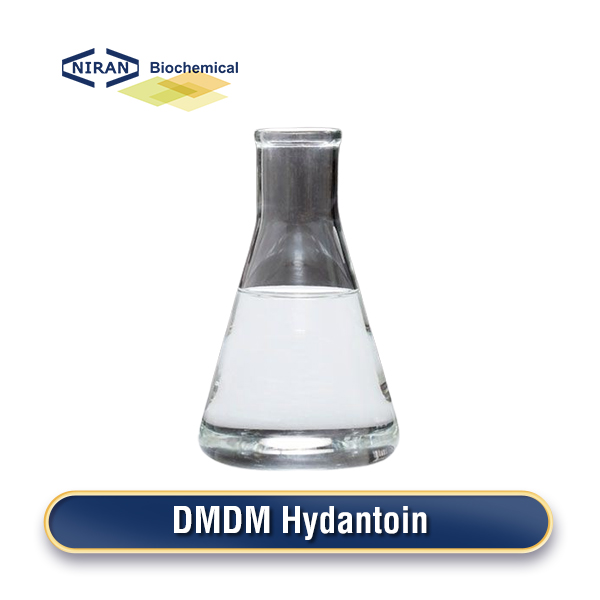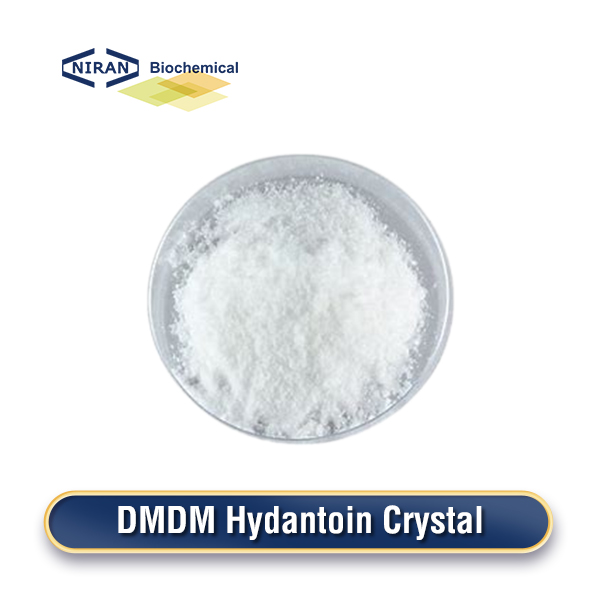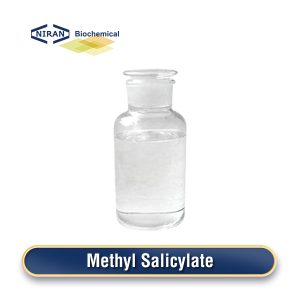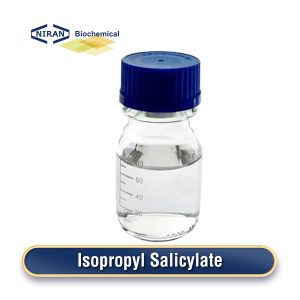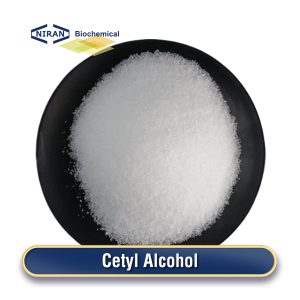DMDM Hydantoin
- CAS Number: 6440-58-0
- Chemical Formula: C6H12N2O2
- MOQ: 1000KG
- Shelf Life: 2 years
- Forms: Liquid
- Synonyms: 1,3-Dimethylol-5,5-dimethylhydantoin, DMDMH, Dimethylol Dimethyl Hydantoin
Product Description
What Is DMDM Hydantoin?
The formaldehyde-releasing preservative DMDM Hydantoin is frequently found in medications, cosmetics, and personal hygiene items. By preventing microbial growth, it prolongs the shelf life of items like lotions, creams, and shampoos. DMDM Hydantoin works by slowly releasing formaldehyde, which has broad-spectrum antimicrobial activity, thereby preserving the integrity of formulations.
Preparation:
DMDM Hydantoin is synthesized by reacting dimethylolhydantoin (DMH) with formaldehyde. In order to create a stable, solid product, the reaction usually takes place under carefully monitored circumstances, frequently with mild acids or bases present. The product is then processed into a liquid solution for use in various formulations.
The preservative is effective at low concentrations and is often included in products at levels ranging from 0.1% to 0.5%. Despite its preservative properties, it is important to note that formaldehyde-releasing agents like DMDM Hydantoin can cause irritation in sensitive individuals when used in high concentrations.
Related Parameters:
| Items | Standards |
| Content (%) | 53.00 – 57.00 |
| Total Formaldehyde (%) | 17.00 – 18.00 |
| Free Formaldehyde (%) | ≤ 2.0 |
| Relative Density (20°C) | 1.140 – 1.180 |
| pH | 5.50 – 7.50 |
Recommended Dosage of DMDM Hydantoin:
| Applications | Dosage |
| Cosmetics (Creams, Lotions, Gels) | 0.1% – 0.5% |
| Shampoos and Conditioners | 0.1% – 0.5% |
| Toiletries (Body Washes, Face Cleansers) | 0.1% – 0.5% |
| Hair Care Products | 0.1% – 0.5% |
| Antiperspirants and Deodorants | 0.1% – 0.3% |
| Topical Pharmaceutical Products | 0.1% – 0.3% |
| Wound Care (ointments, creams) | 0.1% – 0.5% |
| Household and Industrial Cleaners | 0.05% – 0.1% |
DMDM Hydantoin Has Wide Range of Uses:
- Cosmetics & Skincare: In creams, lotions, and gels, DMDM Hydantoin acts as a preservative, protecting against bacteria, fungi, and mold, ensuring the safety and longevity of the products.
- Hair Care: It is commonly included in shampoos and conditioners to maintain product stability by preventing microbial growth.
- Toiletries: Body washes, face cleansers, and other toiletries often contain DMDM Hydantoin to keep the formulation free from contamination.
- Pharmaceuticals: In topical products like creams and ointments, it ensures a prolonged shelf life and prevents spoilage.
- Household Products: It is also used in cleaners and disinfectants to preserve the product’s integrity.
User Asked Question:
Q: What is the difference between DMDM Hydantoin and Phenoxyethanol as preservatives in cosmetics?
A: Both DMDM Hydantoin and Phenoxyethanol act as antimicrobial agents in cosmetic formulations, helping to prevent the growth of bacteria, fungi, and molds.
However, the key difference lies in their chemical composition and how they function:
Phenoxyethanol is a non-formaldehyde-releasing preservative. It does not release formaldehyde, making it a preferred option for individuals with formaldehyde sensitivities.
DMDM Hydantoin, on the other hand, is a formaldehyde-releasing preservative. To preserve the product, it gradually releases tiny levels of formaldehyde over time. Those allergic or sensitive to formaldehyde may be concerned.

